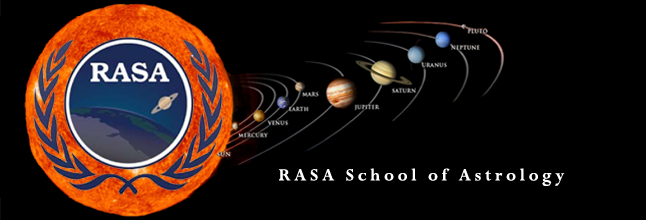As discussed in the last issue: A degree is 1/360 th portion of a circle or cycle. Degrees begin at a central point and radiate out. As they radiate out they increase in size. A degree can be decimals of an inch or millimetre near the core but will reach out endlessly. At the nearest star 1 degree (or 1/360 th of a circle) is 7 trillion (6,934,937,596,647 km) kilometres across and it will continue to radiate out and increase in size to infinity.
DEGREES ARE NOT SIMPLY DIVISIONS OF A CIRCLE.
DEGREES HAVE VOLUME:
The shape of a degree resembles the shape of a segment of an orange.
A degree is a segment of space.
DEGREES HAVE HEIGHT AND DEPTH:
At the middle of the orange slice is the Equator where a degree is at its widest expression. As a degree moves up or down from the Equator it decreases in width.
Each degree contains 180° degrees of height and depth. Height and Depth is usually referred to as North and South.
Each degree within itself contains 180° degrees of Latitude or Declination (North and South).
From the Equator where a degree is at its widest, there are 90° degrees stretching North and 90° degrees stretching South.
These Latitudinal degrees also expand in size as the move away from the Equator.
These Latitudinal degrees (latitudinal divisions of a degree) will decrease in width within the degree as they move North or South, away from the Equator.
Something within a degree will also be at a certain height or depth (N or S) within that degree.
As a bookshelf has several shelves each holding different books, so to a degree has differing compartments (degrees N & S)
each containing different stars.
Instead of looking like a bookshelf,
A Degree Looks More Like A Paddle Wheel!
Because Space has a variable density so to each degree will contain a variable number of stars and matter. Also each section of a degree will have a variable number of stars and matter.
Each degree will contain a different density of stars, light, and matter.
When a degree is looked at directly, we no longer see the orange segment shape from the side. We see it from the outside surface area. It is fattest and widest at the middle, and it becomes a point at the top and bottom.
The Degree Looks Like A Tribal Shield, and the North and South divisions look like shelves or compartments. These compartments (N & S degrees) will contain differing quantities and patterns of stars. Each degree will have differing densities and substance distributions.
No two degrees will be identical in content. They will all have unique amounts of light, mass, space, density and distribution of density.
In this last diagram the degrees start from their central point in the centre of the earth to form an orange segment at the earth’s surface. The degree then continues to expand outward to include or contain its unique collection of life and matter (stars and stuff!).
 RASA School of Astrology Learn The Language of the Stars!
RASA School of Astrology Learn The Language of the Stars!